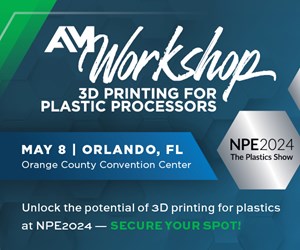Sepro Features Its First ‘Made-in-America’ Robot
Sepro America is now building large robots in the U.S., including this 7X-45 five-axis unit.
Sepro America is marking a new phase of its business development in this hemisphere with the display of its one of the first Sepro robots “made in America.” As a result of a recent expansion doubling the size of its facility in Warrendale, Pa., Sepro America is now building large Cartesian robots in the U.S., the company’s first manufacturing outside its home plant in France.
The five-axis 7X-45 model on display (equipped with a Staubli servo wrist) is one of the first of 40 large robots planned to be built in Warrendale this year. It’s one of 15 Sepro robots at the show, six in its own booth with the others at those of molding machine suppliers—Absolute Haitian, Sumitomo Demag, Toshiba, Maruka/Toyo, Billion, and more.
Other new developments shown by Sepro include retrofittable apps for its Sepro Visual controls, such as OptiCycle, a “plug-in” that uses “expert logic” to help users optimize robot and machine cycles, potentially achieving up to 40% faster robot in/out cycles and 5-10% shorter overall molding cycles. Another new app is Live Support, which links robots with remote troubleshooting assistance.
Sepro is also showing six-axis articulated-arm robots, including a 6X-170, one of the smaller Yaskawa-Motoman units added to Sepro’s line last year. Sepro also offers six-axis robots from Stäubli.
Related Content
-
New Technology Enables ‘Smart Drying’ Based on Resin Moisture
The ‘DryerGenie’ marries drying technology and input moisture measurement with a goal to putting an end to drying based on time.
-
A Cost Saving Modular Approach to Resin Drying Automation
Whether implementing a moisture-sensing closed-loop system for a single dryer, or automating an entire plant, technology is available to take the guesswork and worry out of resin drying. Using a modular approach allows processors to start simple and build more capabilities over time.
-
Automation in Thermoforming on the Rise
Equipment suppliers’ latest innovations exemplify this trend driven by factors such as labor shortages, higher-speed thermoformers and tighter quality control.


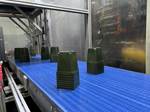
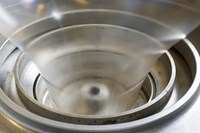
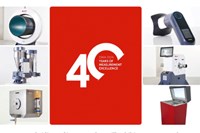
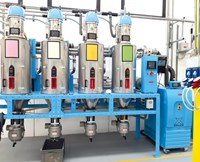
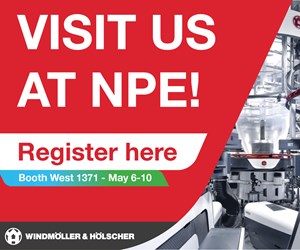

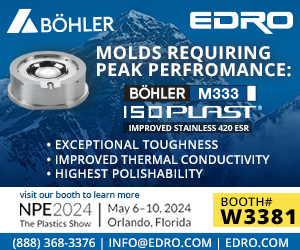
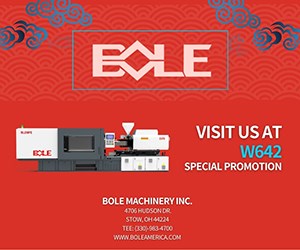
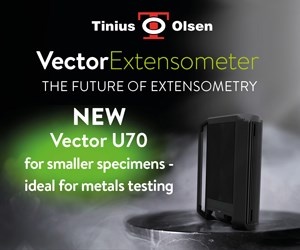
.png;maxWidth=300;quality=90)

